Understanding The Difference Between Chiles And Peppers
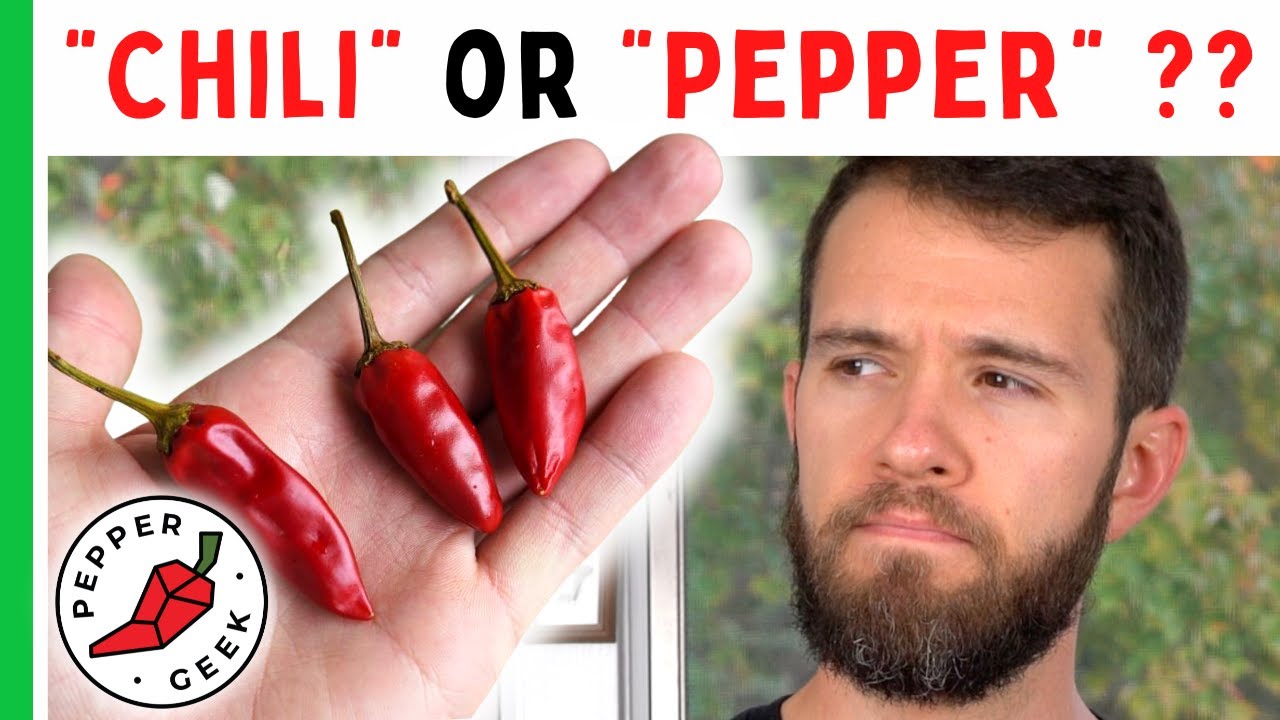
Chiles and peppers are often used interchangeably, but there is a distinct difference between the two. Chiles, also known as chili peppers, belong to the genus Capsicum and are known for their spicy flavor. They come in a variety of heat levels, ranging from mild to extremely hot. Peppers, on the other hand, belong to the genus Piper and are generally milder in taste. They are often used for their sweetness and are available in different colors, such as red, yellow, and green. While both chiles and peppers add flavor and heat to dishes, understanding their differences can help in choosing the right ingredient for a desired level of spiciness.
Chiles Vs Peppers: Definition And Origin
Chiles and peppers are often used interchangeably, but there is a distinct difference between the two. Chiles, also known as chili peppers, belong to the genus Capsicum and are known for their spicy flavor. They come in a variety of heat levels, ranging from mild to extremely hot. Peppers, on the other hand, belong to the genus Piper and are generally milder in taste. They are often used for their sweetness and are available in different colors, such as red, yellow, and green. While both chiles and peppers add flavor and heat to dishes, understanding their differences can help in choosing the right ingredient for a desired level of spiciness.
Chiles Vs Peppers: Scoville Heat Units Comparison
The Scoville Scale is used to measure the heat and pungency of chili peppers, and it is an essential tool for understanding the difference in heat levels between chiles and peppers. Chiles, such as the habanero and jalapeño, are known for their high Scoville Heat Units (SHUs), ranging from 100,000 to 1,500,000. On the other hand, peppers like the bell pepper and banana pepper have much lower SHUs, typically between 0 and 500. This means that chiles will give you a much more intense spicy kick, while peppers offer a milder and more subtle heat. Understanding the Scoville Heat Units can help you choose the right ingredient to achieve your desired level of spiciness.
Types Of Chiles And Peppers
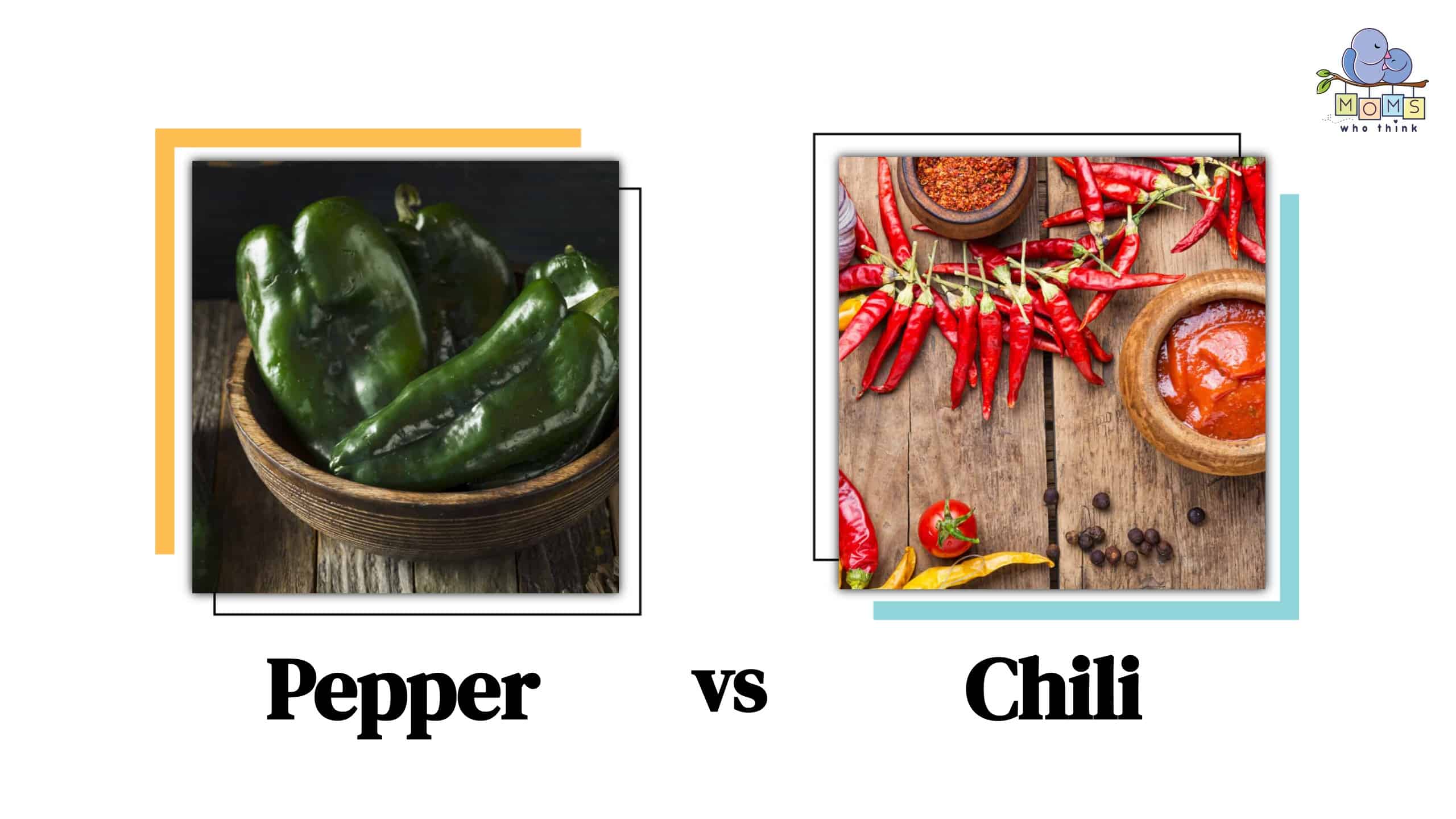
Chiles and peppers come in a wide variety of shapes, sizes, and heat levels, offering a range of flavors and culinary possibilities. Some popular types of chiles include the jalapeño, known for its medium heat and versatility in various dishes, the habanero, famous for its intense heat and fruity flavor, and the poblano, often used in traditional Mexican cuisine for its mild to moderate heat and rich flavor. On the other hand, common types of peppers include the bell pepper, widely used in salads and stir-fries for its crisp texture and mild taste, the banana pepper, known for its slight spiciness and tangy flavor, and the cayenne pepper, which adds a fiery kick to dishes. Whether you prefer a subtle warmth or a fiery explosion, there is a type of chile or pepper to suit every palate.
Varieties Of Chiles: Jalapeño, Habanero, Poblano
Jalapeño, Habanero, and Poblano are some of the most popular varieties of chiles, each offering its own unique flavor profile and heat level.
Jalapeño peppers are medium in heat, making them a versatile choice for various dishes. They have a crisp and slightly sweet taste that pairs well with salsas, salads, and even stuffed recipes.
Habanero peppers, on the other hand, are known for their intense heat and fruity flavor. They add a fiery kick to any dish and are often used in hot sauces and spicy marinades.
Poblano peppers have a mild to moderate heat level and are commonly used in traditional Mexican cuisine. They have a rich, earthy flavor and are perfect for stuffing or roasting. Poblanos are also popular for their use in the classic dish, chiles rellenos.
Whether you prefer a mild spice or a fiery heat, these varieties of chiles offer a range of flavors to spice up your culinary creations.
Varieties Of Peppers: Bell Pepper, Banana Pepper, Cayenne Pepper
Bell peppers are mild and sweet, available in various colors like red, yellow, and green. They are versatile and commonly used in salads, stir-fries, and stuffed dishes. Banana peppers have a tangy flavor with a mild heat level, making them popular for pickling or adding a kick to sandwiches and pizzas. Cayenne peppers are known for their spiciness and are commonly used in hot sauces and spicy dishes. They have a vibrant red color and provide a fiery kick to any recipe.
Culinary Uses Of Chiles And Peppers

Chiles and peppers are essential ingredients in various cuisines around the world, adding flavor, heat, and complexity to dishes. In Mexican cuisine, chiles like chipotle and serrano are often used in salsas, sauces, and marinades, adding a smoky or fiery kick. Poblano peppers are commonly roasted and stuffed, creating delicious chili rellenos. In Italian cuisine, pepperoncini peppers are used in antipasto platters and as toppings for pizzas and sandwiches. Bell peppers, on the other hand, are versatile and can be used in salads, stir-fries, and stuffed dishes. Their vibrant colors also add visual appeal to dishes. Whether you’re looking to spice up a dish or add a touch of sweet, peppers and chiles offer a wide range of culinary possibilities.
Chiles In Mexican Cuisine: Chipotle, Serrano, Ancho
Chiles play a vital role in Mexican cuisine, adding depth and spice to traditional dishes. Three popular varieties commonly used are the chipotle, serrano, and ancho chiles. The chipotle chile is made from smoked and dried jalapeños, giving it a distinct smoky flavor. It adds a rich, earthy taste to sauces and stews. The serrano chile is small and fiery, perfect for adding heat to salsas and marinades. Lastly, the ancho chile is a dried poblano pepper, prized for its mild heat and sweet, fruity flavor. It is often used in mole sauces, giving them a deep complexity. These chiles contribute significantly to the vibrant and bold flavors of Mexican cuisine.
Peppers In International Dishes: Stuffed Peppers, Pepperoncini In Italian Cuisine
Peppers are versatile ingredients that are used in various international dishes. One popular culinary creation is stuffed peppers, which can be found in many cuisines around the world. In this dish, bell peppers are filled with a delicious mixture of ingredients such as rice, meat, cheese, and herbs. The peppers act as flavor vessels, infusing the filling with their sweet and slightly tangy taste. Stuffed peppers are loved for their combination of textures and flavors.
In Italian cuisine, another pepper dish is the pepperoncini. These small, mild peppers are often pickled and served as a condiment or added to salads and antipasti platters. They bring a subtle heat and a tangy flavor to dishes, enhancing the overall taste profile. Pepperoncini peppers are commonly used in Italian sandwiches, like the famous Italian beef or as a topping for pizza and pasta dishes. Their bright and zesty flavor adds a burst of freshness to traditional Italian recipes.
Whether in stuffed peppers or as a vibrant addition to Italian dishes, peppers bring a unique and delicious element to international cuisine. Their versatility makes them an essential ingredient in countless recipes around the world.
Health Benefits And Nutritional Value
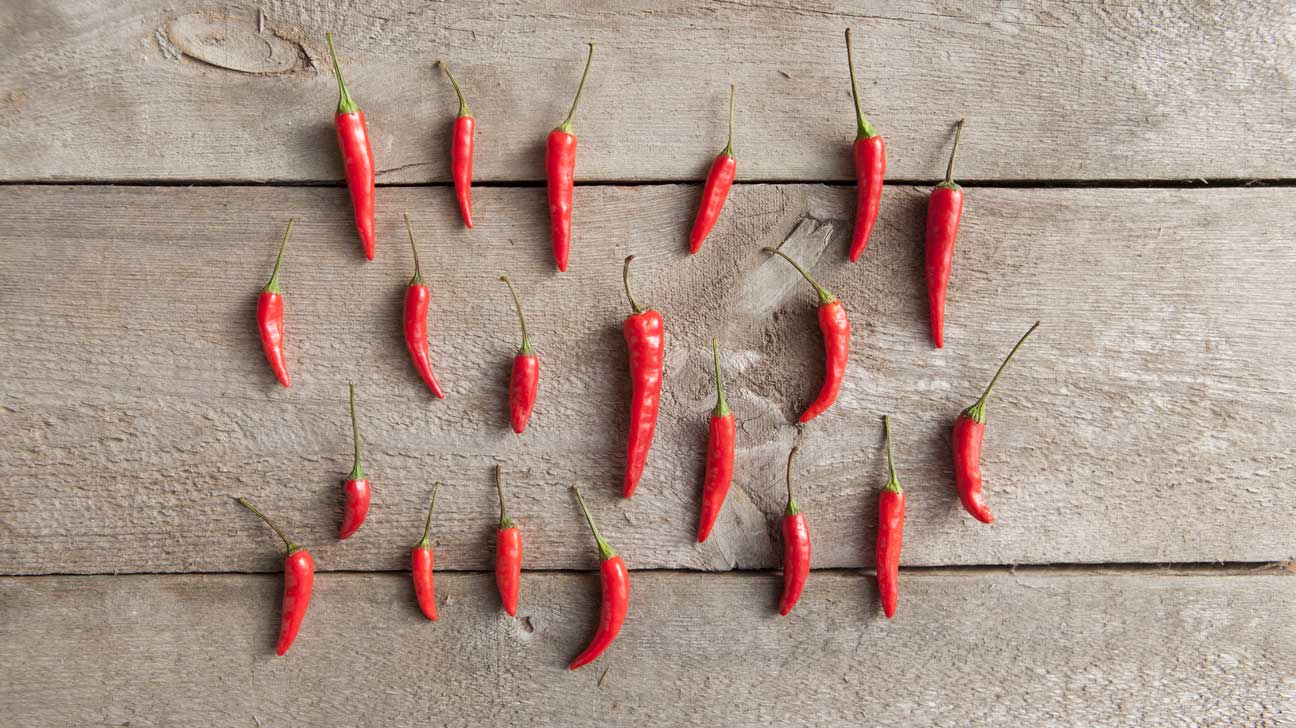
Peppers and chiles, whether mild or spicy, offer a host of health benefits and are packed with essential nutrients. They are a rich source of vitamins, particularly vitamin C, which supports the immune system and promotes healthy skin. Peppers also contain dietary fiber, which aids digestion and helps maintain a healthy weight. Moreover, they are low in calories, making them an excellent choice for those watching their weight. Additionally, peppers contain antioxidants that can help reduce inflammation and protect against chronic diseases such as heart disease and certain types of cancer. Including peppers in your diet can contribute to overall health and well-being.
Chiles: Rich In Antioxidants And Vitamins
Chiles are not just known for their fiery heat, but they are also packed with antioxidants and vitamins that can benefit your health. These small peppers contain a group of compounds called capsaicinoids, which have been linked to various health benefits. Capsaicin, in particular, has been found to have antioxidant properties, helping to neutralize harmful free radicals in the body. Additionally, chiles are rich in vitamins A and C, which are essential for maintaining healthy skin, boosting the immune system, and promoting overall well-being. Including chiles in your diet can provide a flavorful and nutritious boost to your meals.
Peppers: Source Of Vitamin C And Dietary Fiber
Peppers, whether bell peppers, banana peppers, or cayenne peppers, are not only flavorful but also packed with nutritional benefits. One of the key nutrients found in peppers is vitamin C, which is essential for the immune system and collagen production. Just a single bell pepper can provide over 100% of the recommended daily intake of vitamin C. Additionally, peppers are a great source of dietary fiber, which aids in digestion and can help maintain a healthy weight. Including peppers in your diet can be a delicious way to boost your vitamin C and fiber intake.
Growing And Harvesting Chiles And Peppers
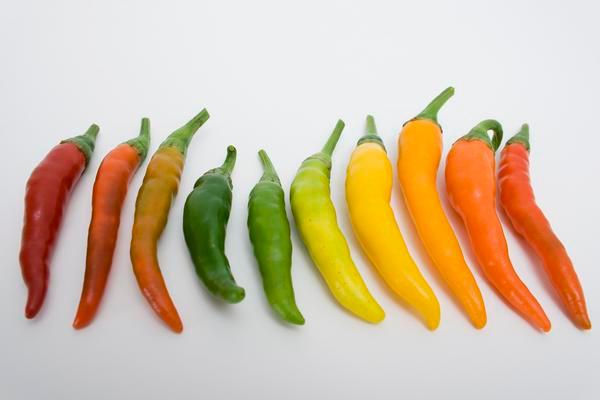
Growing and harvesting chiles and peppers can be a rewarding experience for gardeners and food enthusiasts alike. When it comes to growing chiles, they thrive in warm climates and require plenty of sunlight and well-drained soil. They can be grown from seeds or transplanted seedlings, and regular watering is essential for their growth. As for peppers, they are relatively easier to grow and can tolerate different conditions. They can be grown in containers or directly in the garden. Harvesting chiles and peppers is done when the fruits are fully mature and have reached their desired color and size. These fresh, homegrown chiles and peppers can then be used in a variety of culinary dishes to add a touch of heat and flavor.
Chile Pepper Cultivation Techniques
When it comes to cultivating chile peppers, there are various techniques that can help ensure a successful harvest. First and foremost, chile peppers thrive in warm climates, so it’s important to provide them with plenty of sunlight and well-drained soil. Whether starting from seeds or transplanting seedlings, it’s crucial to give each plant enough space to grow and develop. Regular watering is essential to keep the soil moist but not waterlogged. Additionally, applying organic fertilizers can promote healthy growth. It’s also important to monitor for pests and diseases, and take appropriate measures to prevent or treat them. With proper care and attention, you can enjoy a bountiful harvest of flavorful chile peppers.
Pepper Farming Methods And Seasonal Harvesting
Pepper farming requires specific techniques to ensure a successful harvest. Farmers typically start by preparing the soil and ensuring proper drainage. They may also use raised beds or containers to enhance growth. Pepper plants are usually started from seeds or transplants and require regular watering and adequate sunlight. Additionally, farmers may use organic fertilizers to promote healthy growth. As the plants mature, they will produce flowers, which eventually develop into peppers. Harvesting usually takes place when the peppers reach their desired size and color. The timing of harvest can vary depending on the pepper variety and local climate conditions. Overall, proper farming methods and timely harvesting are crucial to obtaining high-quality peppers with optimal flavor and texture.
Conclusion
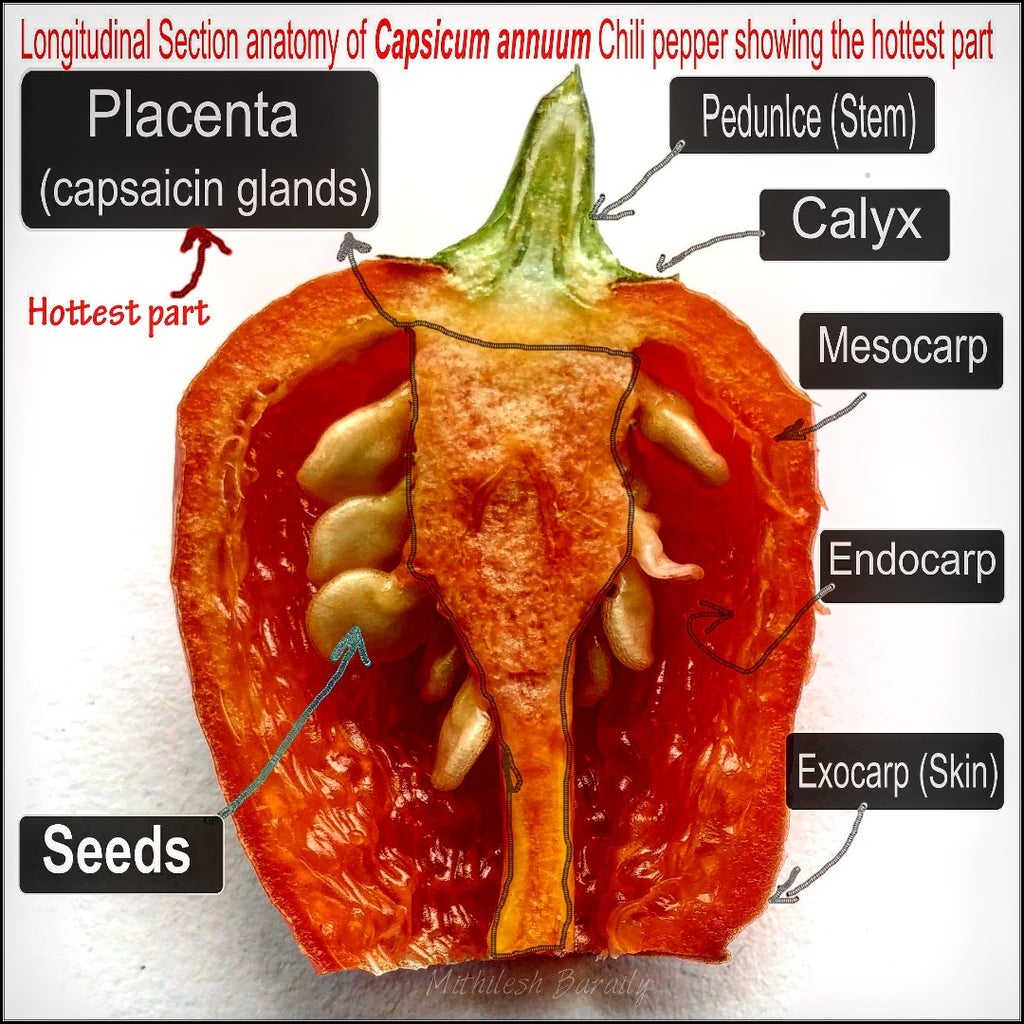
Peppers and chiles may have different origins and heat levels, but they both offer a wide range of flavors and culinary possibilities. Whether you prefer the milder sweetness of a bell pepper or the fiery heat of a habanero, these versatile ingredients can enhance any dish. From Mexican cuisine to international favorites, chiles and peppers bring depth and complexity to recipes. Additionally, their rich nutritional profile, packed with vitamins and antioxidants, makes them a healthy addition to any diet. So, whether you’re a fan of chiles or peppers, these vibrant ingredients are sure to spice up your culinary adventures.
Key Takeaways On Chiles Vs Peppers
Chiles and peppers may have different names and origins, but they both offer a wide range of flavors and culinary possibilities. Chiles, known for their heat, are often used in Mexican cuisine to add spice and complexity to dishes. Peppers, on the other hand, come in various colors and flavors, from sweet to mildly spicy. Both chiles and peppers are rich in vitamins and antioxidants, making them a healthy addition to any diet. Whether you prefer the fiery heat of a chile or the milder sweetness of a pepper, these vibrant ingredients can enhance any recipe.
Spicy Conundrum Unraveled: Final Thoughts
After delving into the world of chiles and peppers, it’s clear that these ingredients offer a wide range of flavors and culinary possibilities. Whether you prefer the fiery heat of a chile or the milder sweetness of a pepper, both can add depth and complexity to your dishes. From the vibrant spices of Mexican cuisine to the international appeal of stuffed peppers, there is no shortage of ways to incorporate these ingredients into your cooking. So next time you’re in the kitchen, don’t be afraid to unleash the spiciness and unravel the spicy conundrum of chiles vs peppers.
FAQ About Chiles Vs Peppers: Unraveling The Spicy Conundrum
Q: What is the main difference between chiles and peppers?
A: The term “chiles” typically refers to spicy peppers, while “peppers” can encompass both sweet and hot varieties.
Q: Are chiles and peppers interchangeable in recipes?
A: Yes, depending on the desired level of spiciness. Chiles are hotter than most peppers, so adjust quantities accordingly.
Q: Why do some people differentiate between chiles and peppers?
A: The distinction is often made to clarify the heat level and flavor profile, especially in culinary contexts where specific types are required.
Q: Can chiles and peppers be used interchangeably in terms of nutrition?
A: Both chiles and peppers offer various health benefits, such as being rich in antioxidants and vitamins, regardless of their spice level.
Q: How should one handle chiles compared to peppers?
A: When handling spicy chiles, it’s recommended to wear gloves to avoid skin irritation, which is less of a concern with milder peppers.
Q: What are some examples of chiles and peppers?
A: Common chiles include jalapeños and habaneros, known for their heat, while peppers like bell peppers and banana peppers are milder options used in various dishes.
Q: Are there regional preferences for chiles over peppers?
A: Yes, some cuisines heavily rely on specific chiles for their signature dishes, while peppers are favored in other culinary traditions for their mildness and versatility.

ToroGrill Canada is excited to share our one-of-a-kind and authentic South American BBQ flavors with the wonderful people of Canada. Our journey began with a passion for bringing South America’s rich and vibrant culinary traditions to a new audience, and we have been dedicated to this mission ever since. Our story is one of inspiration, hard work, and the pursuit of excellence. Every recipe, every ingredient, and every cooking technique has been carefully honed and perfected to ensure that when you take a bite of our food, you experience the true essence of South American BBQ.